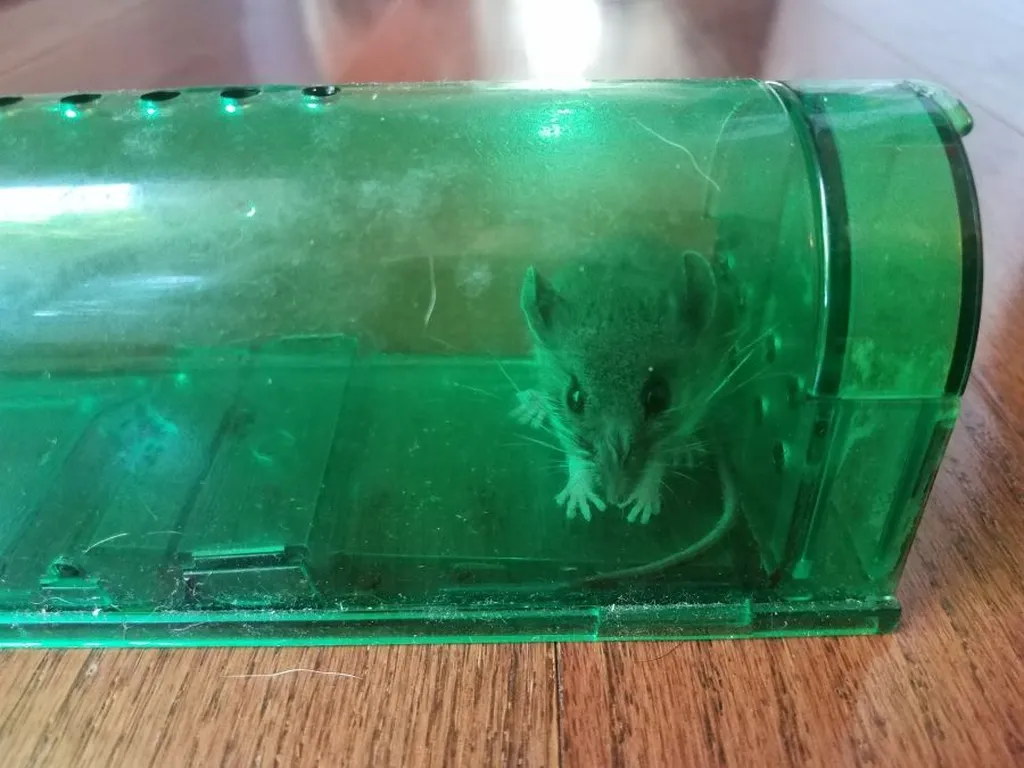In the heart of Mexico’s agricultural landscape, a quiet revolution is taking place, one that could reshape how farmers monitor and manage nocturnal insect pests. Researchers, led by Joel Hinojosa-Dávalos of the Centro Universitario de la Ciénega at the University of Guadalajara, have developed a smart trap that uses neural networks to selectively capture pests, offering a scalable and efficient solution to a longstanding agricultural challenge.
The smart trap, detailed in a study published in the journal Agriculture (translated as “Agriculture”), integrates light and rain sensors with a servo-controlled mechanical gate, all powered by a single-layer perceptron neural network. This network, deployed on an ATmega-2560 microcontroller, processes sensor inputs in real time to decide whether to open or close the gate, enhancing the selectivity of insect capture. The trap also features a removable tray with a food-based attractant and yellow and green LEDs designed to lure target species such as moths and flies from the orders Lepidoptera and Diptera.
“Traditional methods of monitoring insect pests are labor-intensive and often lack the precision needed to effectively manage infestations,” Hinojosa-Dávalos explained. “Our smart trap addresses these issues by autonomously capturing target species while minimizing the capture of non-target organisms.”
Field trials conducted between June and August 2023 in La Barca, Jalisco, demonstrated the trap’s effectiveness. Key pest species such as Tetanolita floridiana, Synchlora spp., Estigmene acrea, Sphingomorpha chlorea, Gymnoscelis rufifasciata, and Musca domestica were successfully identified using the iNaturalist platform. The study also confirmed significant differences in capture rates across various environmental conditions using the Kruskal–Wallis test.
The implications of this research extend beyond the fields of Jalisco. As agricultural practices increasingly embrace precision technologies, the integration of AI-based systems like the smart trap could revolutionize pest management. “This low-cost device has the potential to improve pest monitoring accuracy and lay the groundwork for more advanced AI-based classification and species recognition systems,” Hinojosa-Dávalos noted.
The commercial impact of such technology is substantial. By reducing the need for labor-intensive monitoring and minimizing the use of broad-spectrum pesticides, farmers can achieve more sustainable and cost-effective pest management. This, in turn, can lead to higher crop yields and improved economic outcomes for agricultural businesses.
The study’s findings also highlight the potential for future developments in the field. As AI and machine learning technologies continue to evolve, the integration of more sophisticated neural networks could further enhance the selectivity and efficiency of pest monitoring systems. This could pave the way for a new era of precision agriculture, where technology plays a central role in optimizing crop yields and minimizing environmental impact.
In the quest for sustainable and efficient agricultural practices, the smart trap developed by Hinojosa-Dávalos and his team represents a significant step forward. By harnessing the power of neural networks and advanced sensor technology, farmers can better manage nocturnal insect pests, ultimately contributing to a more productive and resilient agricultural sector.

